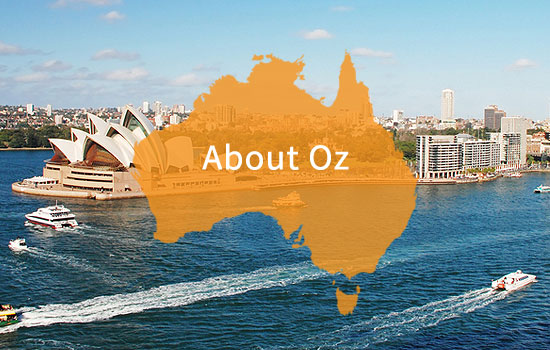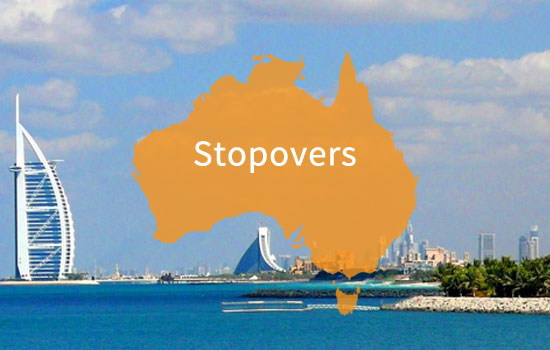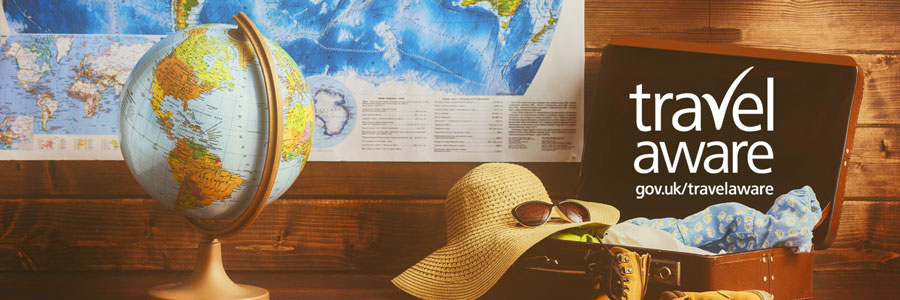Rottnest Island
Quokka, Rottnest Island, WA. Photo credit: Copyright Tourism Western Australia
Rottnest Island
Rottnest Island has been many things in its history: aboriginal prison, boys’ reformatory and internment camp during both World Wars. Today, though, it’s an A-class reserve of 63 beaches, 20 bays and glorious peace.
The Noongar aboriginal people call the island Wadjemup meaning “place across the water”. Originally connected to the mainland, it was inhabited until the water level rose around 7,000 years ago.
Today there are a few permanent residents, with most workers commuting from the mainland.
Getting to Rottnest
It’s easy to get here from Perth or Fremantle by ferry, plane, or even your own boat.
You’ll cover the 18km from Fremantle in 25 minutes (ish) by ferry. It’ll take at least twice that from Perth.
If you plan to stay on the island, you can arrange to have your luggage delivered to your accommodation, but size restrictions apply.
Things to do on Rottnest Island
Wildlife
The isolation of the island has led to the evolution of some unique plants and animals. As well as the quokka, there are three types of frog, 17 species of lizard and two types of snake. Of the latter, bear in mind that the slender brown dugite snake, while timid, is venomous.
Cycling
Vehicles aren’t permitted on Rottnest so the 1300 bikes available for hire are your only option if you want to get off the beaten track and don’t fancy doing it on foot. The scale of the cycle hire facility here makes it the largest in the southern hemisphere.
On (and in) the water
Hire a boat and go fishing. Hire wetsuits, masks, snorkels and paddle boards and explore the waters around the island. The surf is some of the best in Western Australia.
Tours: There’s a regular bus service, a number of tours and, despite the island being only 11km long, a train. If you don’t want to explore alone, you’ll find some good walking tours here too.
Whale watching
Some 20,000 humpback whales visit Rottnest each year from September through to November. They’re mostly females with their calves, spending time here before they head south. Boat tours and some scenic flights are available and may also give you the chance to spot dolphins, sea lions and ospreys.
Staying on Rottnest Island
There’s no private land ownership here; it’s all controlled by the island authority (who also impose a landing fee on all visitors to the island) so booking accommodation ahead of your visit is essential. No animals are allowed unless on medical grounds (eg guide dogs).
During the seven busiest weeks of the year (Christmas, Easter and summer school holiday periods) a random ballot operates as accommodation is limited. During Schoolies week at the end of November the island is closed to everyone but school leavers. The rest of the year there are no such restrictions. You can find information on booking and ballots here.
Avoiding bushfires
Western Australia’s hot, dry conditions mean there’s a risk of bushfires on Rottnest Island. Campfires are prohibited on the island for that reason, and you should check (and follow) local fire warnings. You’ll find them and other safety information on the Department of Fire and Emergency Services (DFES).
View what’s on in Perth
View what’s on in Australia
Questions about quokkas?
When Dutchman de Vlamingh landed in 1696 he named the island Rotte Nest (rats’ nest) after the indigenous marsupial, the quokka.
Looking like a rat and as big as a common cat, the quokka were plentiful in de Vlamingh’s time, but no longer.
Numbers have dramatically reduced as habitat has been lost to agriculture. The introduction of foxes and domestic cats and dogs hasn’t helped either.
On Rottnest, numbers are believed to have dwindled to somewhere between 8,000 and 10,000. If you do happen to see quokka, don’t feed them. They eat mainly grasses and succulent plants. Unsuitable food like bread or meat products can make them very poorly and rangers can impose a fine on anyone caught feeding them.
Australia Is Big
Travel, explore and discover the world's largest island
Which Way Down
Break up your long haul journey with a stopover
You May Also Be Interested In…
What You Need To Know
It's all about the three ex’s: experience, expectations and execution
Grow The Grapevine
Join our guest blogging community
Going To Australia?
Plan your trip here
Subscribe To Our Newsletter
Get the latest travel tips and info straight to your inbox.







